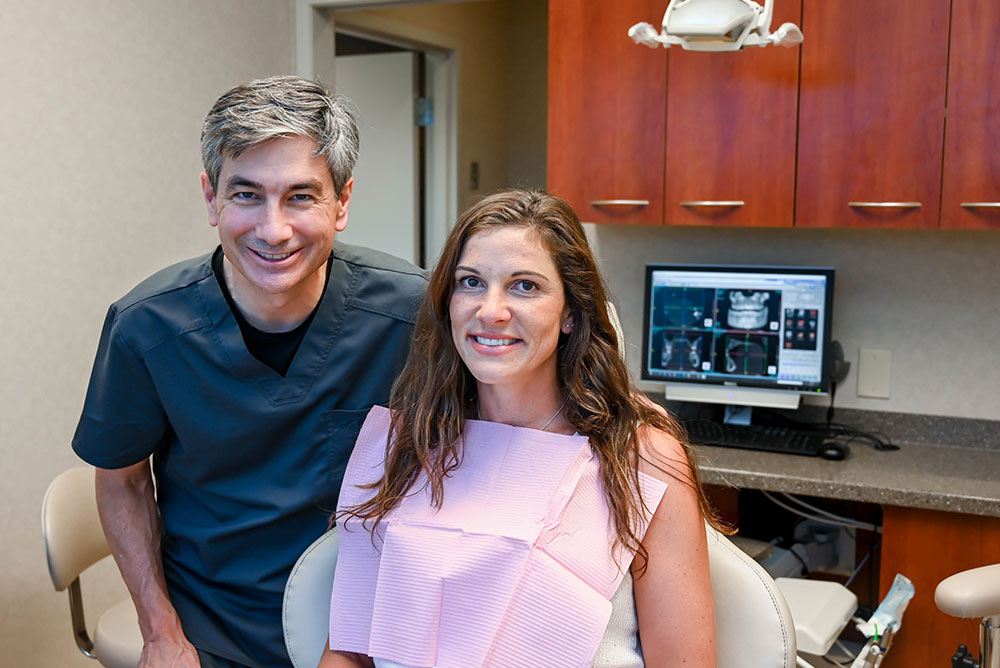It’s true: Half of all Americans have periodontal (gum) disease.
While mild gum disease can be treated with proper oral hygiene, including brushing and flossing, severe periodontal disease may require more extensive treatment.

Known as periodontitis, severe periodontal disease occurs when gum health is neglected for so long the gums develop deep pockets between the tissue and bone, which may eventually lead to tooth loss. If these pockets become more deeply infected, it’s possible for the infection to spread throughout your jaw leading to potentially serious complications.
Gum Disease Treatments
One of the first steps typically taken to treat periodontal disease is scaling and root planing (SRP) — a non-surgical method of cleaning the surfaces of the teeth and their root, which may be exposed due to gum recession. Scaling and root planning can be effective at removing tartar, plaque and bacteria from the gum surrounding the root, and promoting healthy regeneration of the gum tissue.
In more severe cases of periodontal disease, gum surgery is commonly recommended to remove the infection and treat periodontitis. This surgical approach is fairly invasive, including cutting (flapping) the tissue away from the tooth, removing the tartar and suturing each flap closed. Not only is gum surgery more time consuming, the procedure often results in a lengthier and painful recovery. Fortunately for our patients at Morgan & Lemke Periodontics & Dental Implants, we are able to promote better alternatives to traditional gum surgery with the latest technology.
Laser Technology for Gum Health
If you have severe gum disease and are searching for the best treatment, laser periodontal treatment may be a good option. Laser periodontal treatment or LANAP (Laser Assisted New Attachment Procedure) is a minimally invasive treatment that offers several benefits over gum surgery. In addition, LANAP is the only scientifically, research proven approach for true periodontal regeneration, new bone growth and gum tissue reattachment.
How LANAP Works
Using a very thin laser wand, a tiny laser fiber — approximately the thickness of three hairs — is inserted between the tooth and the gums to clear away the infection. The laser action attacks and destroys the bacteria and damaged tissue. An ultrasonic instrument is then used to remove the tartar from below the gum line. To seal the area, the laser is passed through the pocket a second time, creating a natural closure to promote healing.
What to Expect after Laser Gum Treatment
As the area between the gum and the root regenerate during the healing process, you’ll be instructed to choose foods that will not disturb the closure and refrain from brushing the area for a certain period of time. Any discomfort during the first day or two following the procedure can usually be managed with ibuprofen (Motrin or Advil) or acetaminophen (Tylenol). Antibiotics are also usually prescribed.

